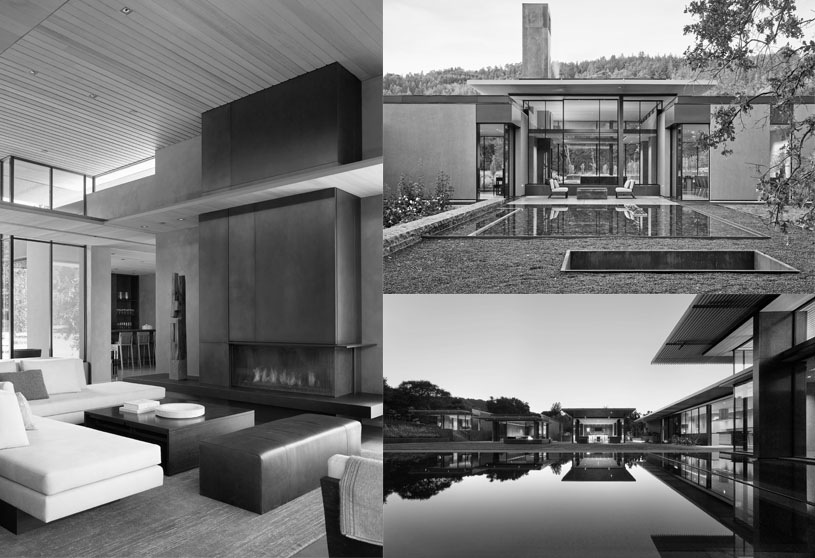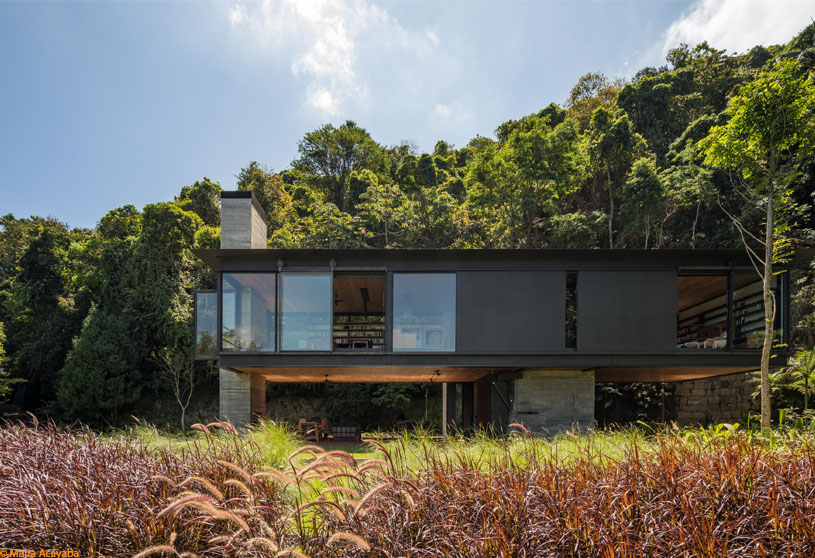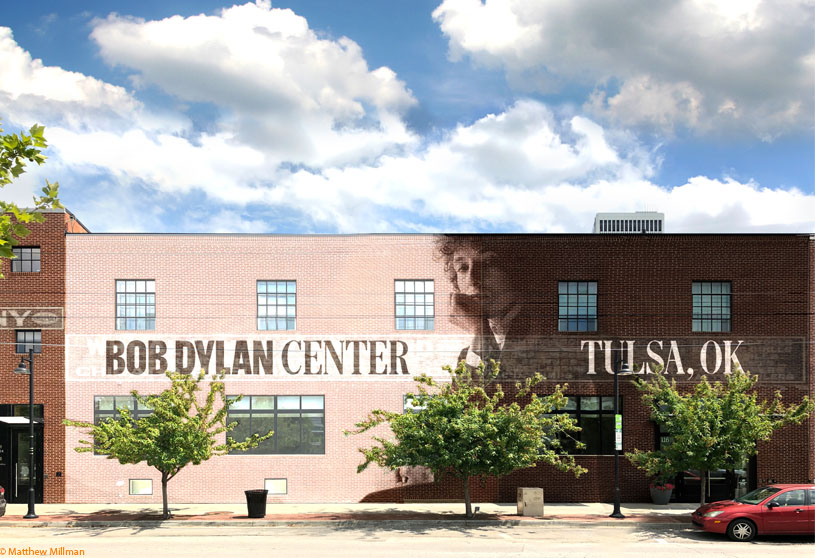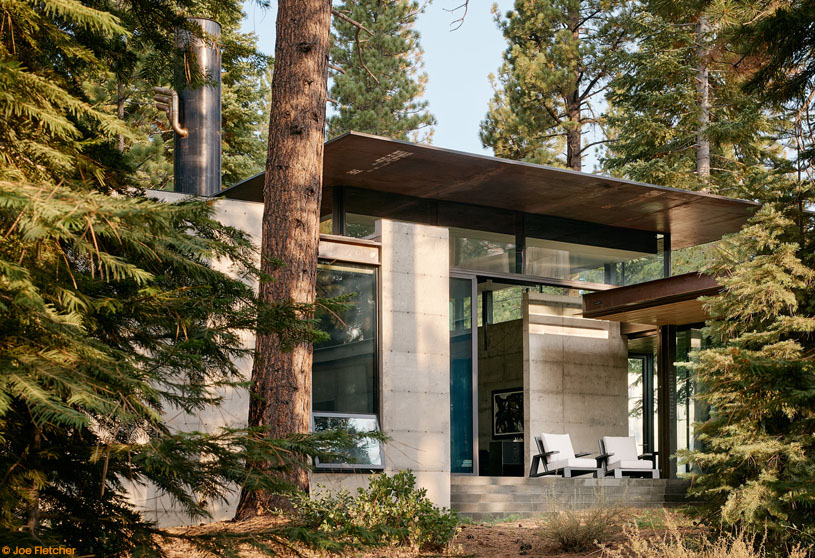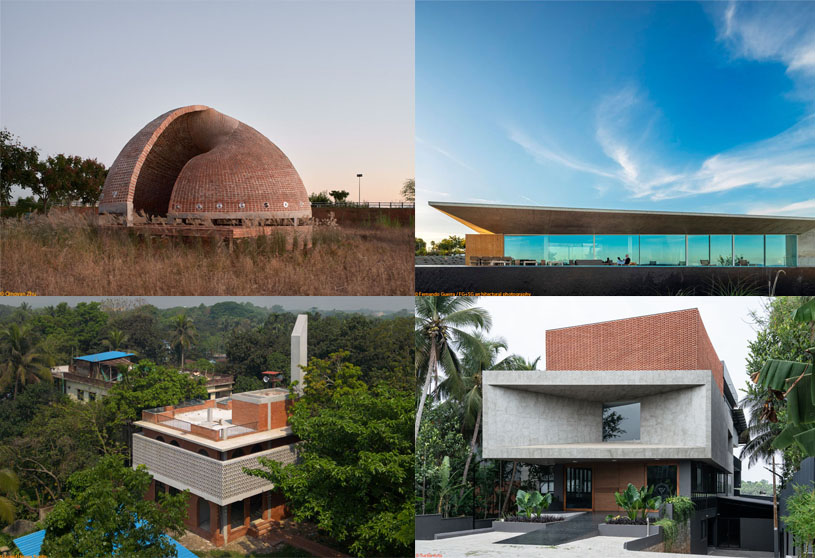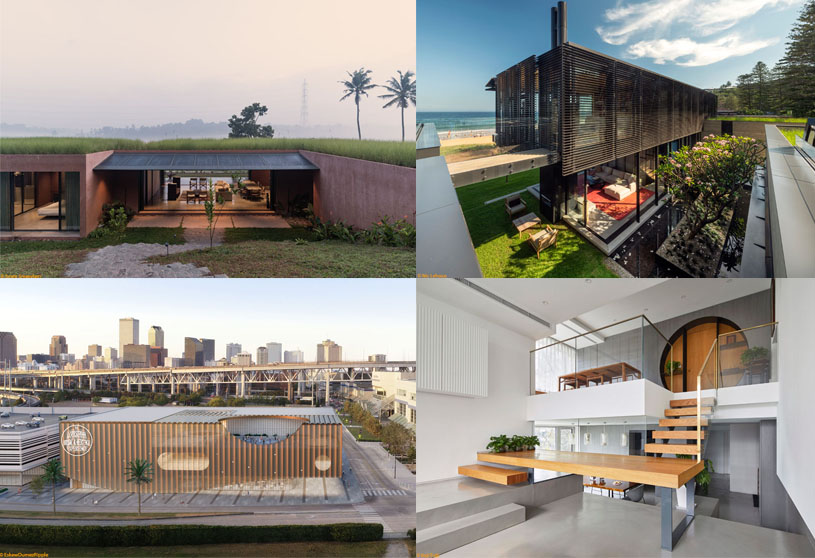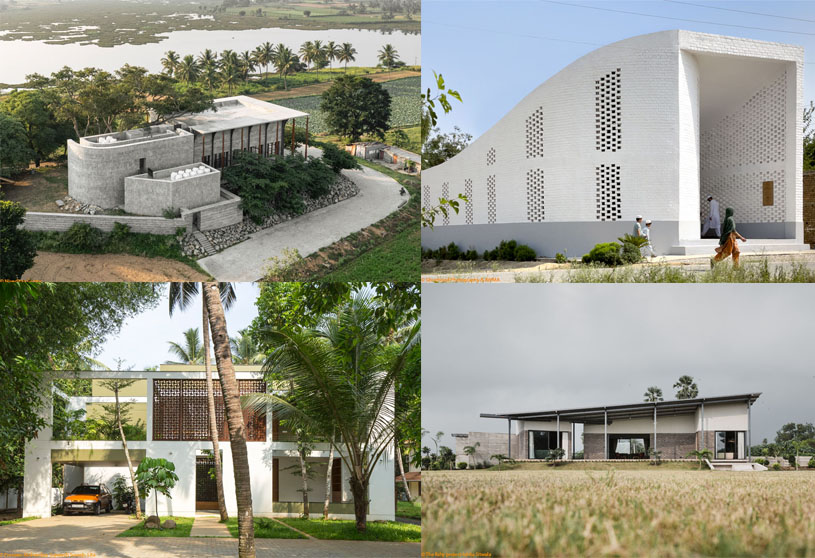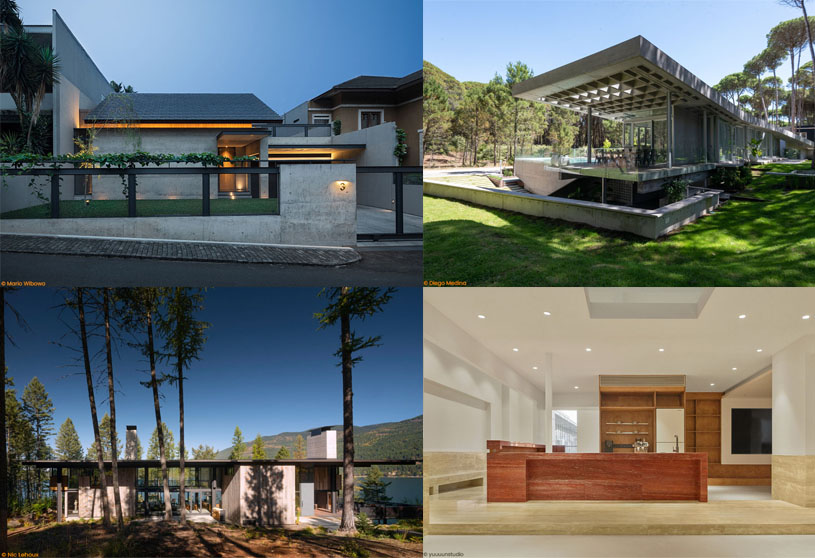(“Text as submitted by Architect”)
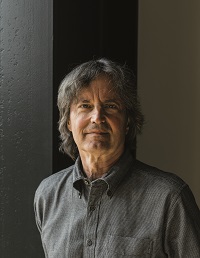 Tom Kundig (Principal/Owner)
Tom Kundig (Principal/Owner)
Tom Kundig is an owner and design principal of Olson Kundig. Tom Kundig’s diverse body of work champions the formal and technical, yet makes a genuine connection with its inhabitants. From a tiny, elevated cabin in eastern Washington to a 15-story commercial headquarters in Seoul, South Korea, Tom’s work draws heavily on context and place, whether urban or rural. Today, Tom’s work can be found on five continents, in locations ranging from Costa Rica and Brazil to New Zealand, China, Mexico, Sweden, Austria and Switzerland. Tom’s design practice is an ongoing exploration of architecture’s elemental qualities: materiality, texture and detail in dialogue with the human cultural condition.
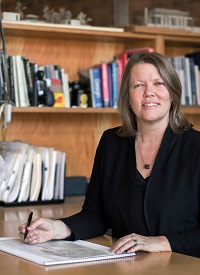 Kirsten Ring Murray (Principal/Owner)
Kirsten Ring Murray (Principal/Owner)
An owner and principal of Olson Kundig, Kirsten Ring Murray’s body of work is characterized by authentic, contextual buildings and spaces that result from a collaborative design partnership with her clients and colleagues. Since joining Olson Kundig in 1989, Kirsten has designed a range of project types, from private residences to mixed-used buildings, multi-family developments, art spaces, historic commercial renovations and urban design projects. Kirsten has created buildings and spaces that strengthen and enrich communities throughout her career. She is known for integrating stakeholders and community members throughout the process, shaping the design around their collective goals.
 Alan Maskin (Principal/Owner)
Alan Maskin (Principal/Owner)
Alan Maskin is a principal and owner of Olson Kundig, where he leads an interdisciplinary team of architects, designers, visual artists and researchers. His team designs buildings, parks and gardens, installations, sculpture, digital art, graphic novels and film. Alan has pursued unconventional design challenges in public places for over two decades. His built international portfolio includes museums, installations, exhibits, visitor-based destinations and urban park projects.
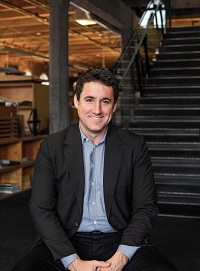 Kevin M. Kudo-King (Principal/Owner)
Kevin M. Kudo-King (Principal/Owner)
Over the span of his twenty-five-year tenure at Olson Kundig, principal/owner Kevin Kudo-King has played an integral role in the design, production and management of numerous award-winning projects. In collaboration with fellow owners Tom Kundig and Jim Olson, Kevin has led the design of museum gallery expansions, large-scale international residential projects, and urban mixed-use projects, among others. Kevin is known for his collaborative design practice, which is deeply informed by craft and artistic production history. His designs emphasize an integration of art and architecture that is grounded in a contextual response to the natural conditions of a site, many of which are international.
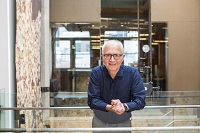 Jim Olson (Principal/Founder)
Jim Olson (Principal/Founder)
As the founding partner of Olson Kundig, Jim Olson has explored the aesthetic interplay of art, nature, and architecture, and the relationship between light and space, for over fifty years. Jim’s work was also the subject of a traveling career retrospective that originated in 2011 at the Museum of Art at Washington State University and a solo exhibition at the University of Washington in 2015. Jim has been published more than one thousand times in venues worldwide, including the New York Times, Dwell, the Wall Street Journal, and Architectural Digest. Under Jim’s leadership, Olson Kundig has received a National Architecture Firm Award from the American Institute of Architects, has been included in the AD100 list thirteen times, and has been named one of the Top Ten Most Innovative Companies in Architecture by Fast Company four times.
Practice Ideology
Olson Kundig began its creative existence in 1966 with the architect Jim Olson, whose work at that time centered on explorations of the relationship between dwellings and the landscapes they inhabit. Olson started the firm based on the essential idea that buildings can serve as a bridge between nature, culture, histories, and people, and that inspiring surroundings positively affect people’s lives.
Over the five decades of its existence, the firm has grown and broadened its expertise far beyond the residences for which it is still best known. It consciously devotes a consistent energy and enthusiasm to every project, no matter whether the task at hand is a cabin in the woods or a high-rise in Seoul. Every finished project manifests a “macro to micro” level of attention, from the big ideas to the smallest details, giving coherence to the entire experience of the built site.
The geographical scope of the work has grown to cover more than fifteen countries on five continents, in locations ranging from the rural landscapes of Montana and Idaho to dense urban contexts in Manhattan and Mumbai. But no matter the situation, the same philosophies—for instance a careful consideration of the environment, attunement to local materials and culture, and seeking out the expertise and contributions of craftspeople, artists, and other outside experts—continue to apply to each new undertaking.
